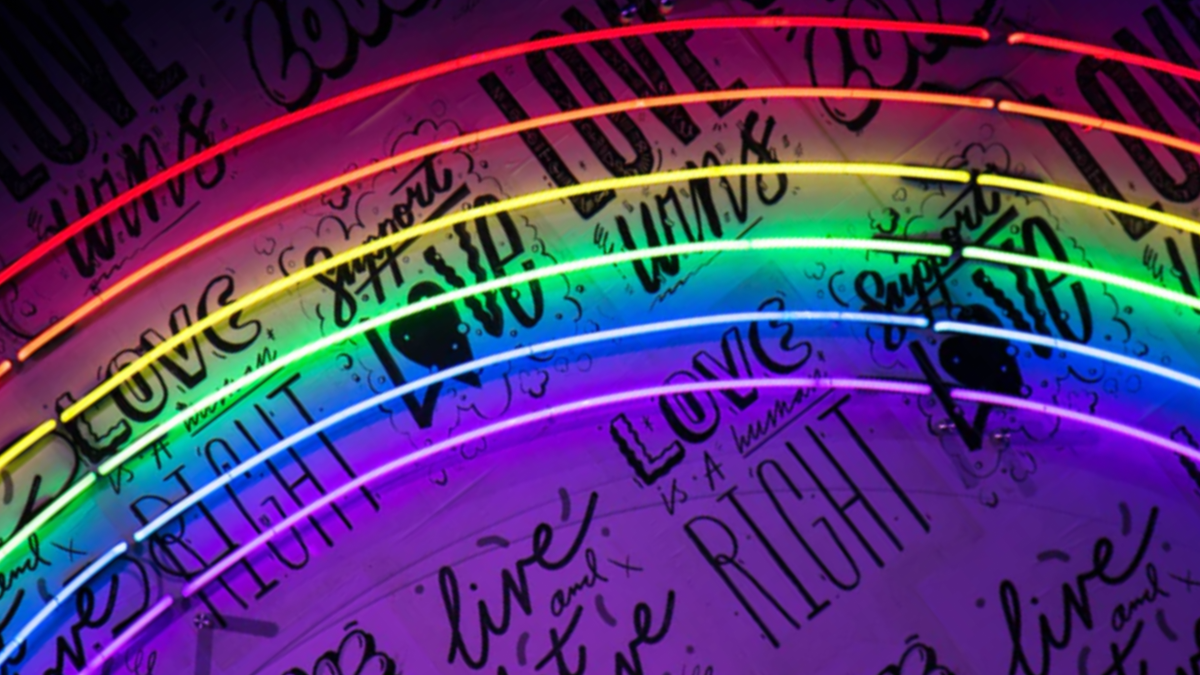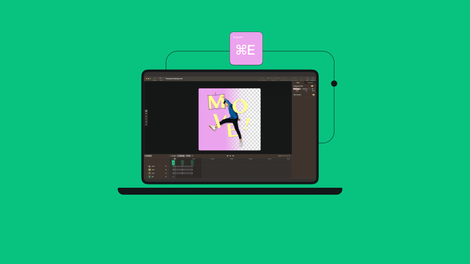
It’s Pride Month, and so to celebrate this fact we’re going to take a look at some of our favorite queer characters from the history of animation. In recent years, we’re seen a bit of an explosion in LGBTQ+ representation in animation. Queer characters and themes are no longer just tokenistic affairs, instead they are the standout stars in many shows as well as some of the best plotlines.
Jumpstart your ideas with Linearity Curve
Take your designs to the next level.
Of course, there are some classic examples of strong queer characters, but a new generation of animators and writers are really blazing a trail for the future. Read on to find out which queer icons we love the most. Happy Pride Month everyone!
Todd Chavez (BoJack Horseman)

When it comes to the depiction of different sexualities in TV shows, the vast majority of characters will be gay or lesbian, and very occasionally they will be bisexual. Of course, considering that for the longest time heteronormative relationships were the only ones portrayed on screen, this is undoubtedly progress – but sexuality is a very broad spectrum, and there is much more to it than the boxes we see characters most often placed in. This is what makes BoJack Horseman’s Todd Chavez such an absolute gem.
During the first three seasons of the show, Todd Chavez was a bumbling, haphazard and lovable character with lots of zany side plots. Then in season four he gets a much more thoughtful and serious storyline when it’s revealed that Todd is actually asexual. He’s one of the first asexuality characters in a television series, and BoJack Horesman does an excellent job of depicting the realities of asexuality, showing the struggles that an asexual person encounters as they get to know themselves better. It’s one of the best story arcs in BoJack Horseman, and went a long way to giving asexuality the extra representation it needs.
Adora and Catra (She-Ra and the Princesses of Power)

The 2018 reboot of the She-Ra franchise breathed fresh life into the character and reimagined her in more ways than one. First off, the character design itself was given a full makeover, which of course sent the internet into a divided frenzy. On the one hand, people were praising the designers for not sexualizing a kids show, holding the character up as a great example of body positivity, and on the other hand people were complaining that she was no longer ‘beautiful and sexy, which in our opinion seems like an odd complaint to make about a cartoon character.
Transform Your Ideas into Animations
Dive into the world of animation with Linearity Move. Perfect for beginners and professionals alike, our course guides you through creating stunning animations for any purpose.
The reboot also took the opportunity to make the franchise more diverse and inclusive, earning it critical praise for its LGBTQ representation including between two of the main characters. For the first number of seasons Adora (the real name of She-Ra) and her arch-enemy Catra are at odds with each other, although there is always a simmering undercurrent of romantic tension. Eventually in the final season (spoiler alert) the two confess their love for each other and share an on-screen kiss in now thought of as a high point in queer romance.
Smithers (The Simpsons)
We have mixed feelings about including The Simpsons’ Wayland Smithers in our list of favorite queer cartoon characters, as for a very long time Smithers was a character in the closet. He first appeared in the show as a speaking character in 1990, and after that his relationship with his boss, Mr Burns, became a running joke for many years. Smithers’ sexuality was technically hinted at, but the hints were more like powerful jabs to the face than a subtle poke in the ribs, and everyone knew he was a gay character.
In defense of The Simpsons, times were different when the show started, and tiptoeing around issues of sexuality was the norm for television series back then. The reason we’re happy to include Smithers now is that he finally came out of the closet on the show in 2016, and in a later episode he has a new boyfriend called Michael de Graaf. Smithers’ experience actually reflects that of a lot of gay men in previous generations who felt trapped in the closet, and we’re so happy that he is finally out of it.
Pearl and Garnet (Steven Universe)

In the same way that The Simpsons tentative approach to sexuality was a product of the times in which it was made, Steven Universe is a reflection of just how much the needle has moved forward in recent years. The show has been called ‘the queerest show cartoon on television’ and earned a lot of praise for the way in which it has portrayed gender roles and queer relationships, and provided postive role models and storylines for children. This progress didn’t come easy though, and the show’s creator, Rebecca Sugar fought hard to make this progress a reality.
Sugar is the first non-binary person to have created a series for The Cartoon Network, and she wanted to make sure that queer romance had the representation that it deserved. As a result, there are a lot of queer characters and themes in the show. Garnet, which is actually a fusion of the couple Ruby and Sapphire, and Pearl are two of our favorite queer characters, both of them giving a positive portrayal of what it can mean to be queer. At its core, Steven Universe is about all kinds of love. And you know what? We love that.
Dio, Scarlett Valentine, Sorbet & Gelato, and honestly pretty much everyone (Jojo’s Bizarre Adventure)

In terms of upending traditional representations of masculinity and doing so in an incredibly cool way, there are few better examples than the Japanese anime Jojo’s Bizarre Adventure. There are a number of explicitly gay and bisexual characters, like the main villain Dio, and the gay couple Sorbet & Gelato, but honestly we just love the way this show lowkey normalizes such a different conception of queerness and what is usually considered masculine.
Transform Your Ideas into Animations
Dive into the world of animation with Linearity Move. Perfect for beginners and professionals alike, our course guides you through creating stunning animations for any purpose.
All of the male characters in Jojo’s Bizarre Adventure dress in the most flamboyant and extravagant ways that you can imagine. They reveal their skin in ways that are traditionally thought of as feminine – crop tops, cut out chests, holes basically everywhere – but they totally own it. The way the characters pose is often in unusual ways that may be thought of as femine, but damn do they look good and carry it off. Not only are some of the main characters explicitly LGBTQ, but so much queerness is implied in almost everyone. This show is dripping in queerness and we are absolutely here for it.
Sailor Uranus and Sailor Neptune (Sailor Moon)

Sailor Moon, from Toei Animation studio, is an absolutely classic Japanese anime series, and also a groundbreaking show for the way in which it portrayed queer characters. In the original version that was aired in Japan, the two characters Sailor Uranus and Sailor Neptune are clearly a couple in a relationship. The duo spent all of their time together, they were clearly very intimate with each other, and they even raised a child together. That’s pretty queer and clear. But if you watched the US version? Not so clear.
When Sailor Moon originally aired in the US, the networks changed the storyline to make it less gay. Instead of being in a relationship, Sailor Uranus and Sailor Neptune were instead portrayed as cousins. Of course, this led a lot of people to think that they were having an incestuous relationship. This tells you a lot about attitudes to homosexuality in the 1990s – in the US it was more acceptable to be in a relationship with your cousin than it was to be in a same sex partnership. If you’re in a relationship with your cousin, we’re not judging you, but you have to admit that a same sex relationship is way more everyday.
Matthew MacDell (Big Mouth)

Right now, Big Mouth is one of our favorite adult animated cartoons, and we’re delighted that it has just got the green light for a seventh season. The way in which it deals with the turmoils of being a teenager in the throes of puberty and raging hormones is hilarious and unflinching. LGBTQ storylines and moments are present all through the show, but it’s the adolescent student Matthew MacDell who steals the spotlight in our eyes.
Matthew is a flamboyant and fierce gay character who loves drama. He has a biting and acerbic wit that he uses to full effect as the school’s news anchorman, and he’s a classic catty queen. For bonus points, Matthew is involved in helping one of our other favorite characters, Jay, discover his bisexuality.
Lady Oscar (The Rose of Versailles)

The Rose of Versailles anime series was based on the Japanese manga of the same name. The manga was published from 1972 to 1973, and the anime ran for 40 episodes from 1979 to 1980. In the anime series, Lady Oscar is the main protagonist. Her father was the commander of the Royal Guard at the Palace of Versailles, and he wanted a son to succeed him. To his dismay, he had six daughters. As a result, he decides to raise Oscar as a boy so that he can become the Commander of the Guard.
In the manga, Oscar’s first romantic interest is with the young and naive Rosalie, although Oscar spurns Rosalie on account of the fact they are both women. Eventually, Rosalie enters a relationship with the character Andre. What’s interesting about this relationship is that scholars have noted that it is hetereosexual in the biological sense, but comes across as homogender in the story. Oscar is a masculine woman, and Andre is an emasculated man. Lady Oscar makes the list because this is an example of an awesome genderfluid queer partnership.
Zadie (Danger & Eggs)
Danger & Eggs was an animated kids show that had the overt aim of increasing LGBTQ representation and making these themes more overt and normalized for kids. Created by Mike Owens and Shadi Petosky, Petosky said the idea was to portray innocent LGBTQ friendships at the point before they became romantic. This meant there were no crushes or romantic relationships at all.
The story follows the adventures of a teenager called D.D. Danger and her anthropomorphic talking egg called Philip. Lots of the characters in the show are LGBTQ, but our favorite is transgirl Zadie. She hosts a Pride celebration in the final episode of the show, which was actually an entire episode dedicated to Pride. Sadly, Danger & Eggs only ran for one season, but it’s definitely queer enough to make our list.
Conclusion
We hope you enjoyed this list and perhaps found a new character or animated show to watch, or maybe you were stoked to see your own favorite character make the cut. Of course, we couldn’t fit everything in. To us, that’s a good sign – queer representation in cartoons is strong! Happy Pride y’all!
Do you have a favorite cartoon character from this list? Why not celebrate Pride month with us by drawing them in Vectornator? Don't forget to tag us on social with your art!
Jumpstart your ideas with Linearity Curve
Take your designs to the next level.
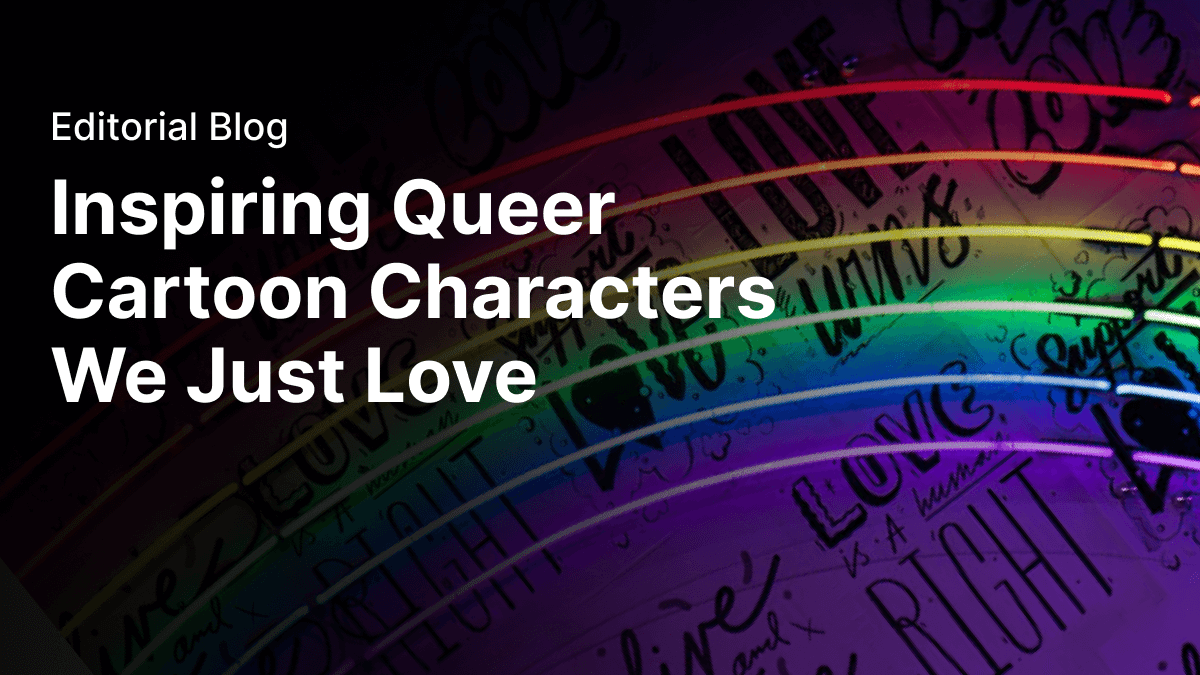
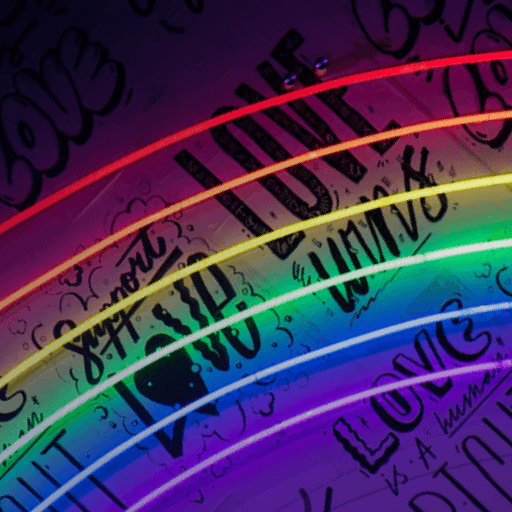
Share this!
Jonny Tiernan
Jonny is a contributing writer to the Linearity Blog.
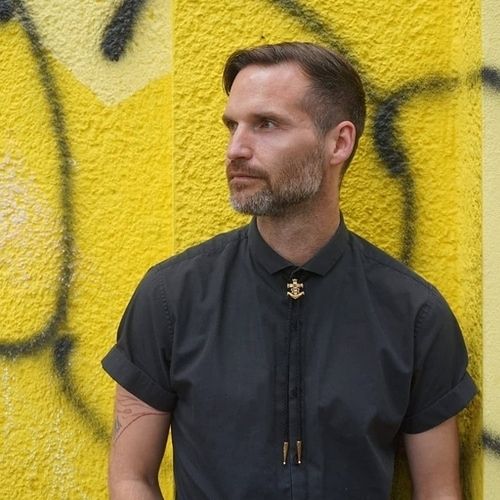

:quality(75))
:quality(75))



:quality(75))
